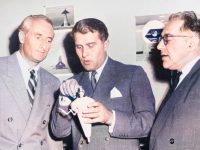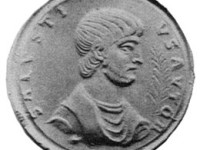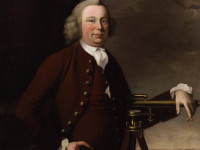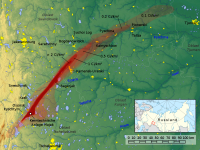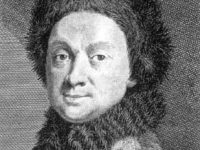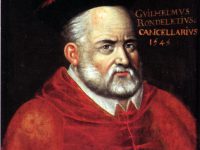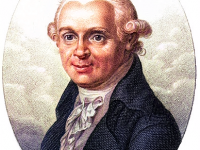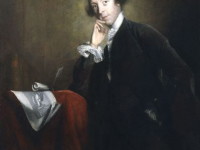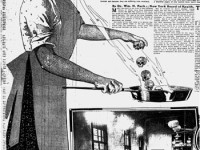Willy Ley and the German Society for Space Travel
On October 2, 1906, German-American engineer, science writer, spaceflight advocate, and historian of science Willy Ley was born. Ley is known for being one of the first members of the German Society for Space Travel, one of the first group of men to experiment with rockets. Fiercely anti-Nazi, unlike Wernher von Braun, in 1934, he emigrated to the U.S. rather than pursuing military applications of rocketry. In the U.S., he became a popularizer of space…
Read more











